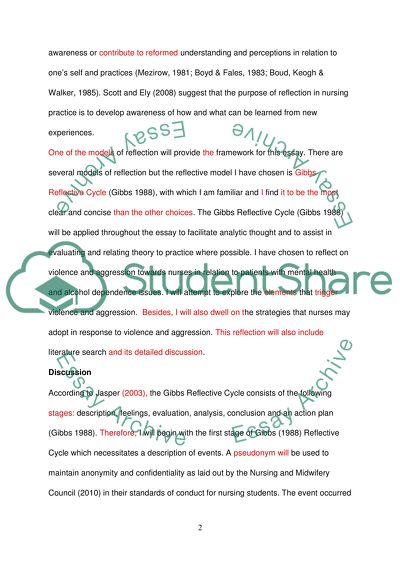Cite this document
(“Reflective Cycle by Gibbs Essay Example | Topics and Well Written Essays - 3250 words”, n.d.)
Retrieved from https://studentshare.org/nursing/1398424-reflective-cycle-by-gibbs
Retrieved from https://studentshare.org/nursing/1398424-reflective-cycle-by-gibbs
(Reflective Cycle by Gibbs Essay Example | Topics and Well Written Essays - 3250 Words)
https://studentshare.org/nursing/1398424-reflective-cycle-by-gibbs.
https://studentshare.org/nursing/1398424-reflective-cycle-by-gibbs.
“Reflective Cycle by Gibbs Essay Example | Topics and Well Written Essays - 3250 Words”, n.d. https://studentshare.org/nursing/1398424-reflective-cycle-by-gibbs.


